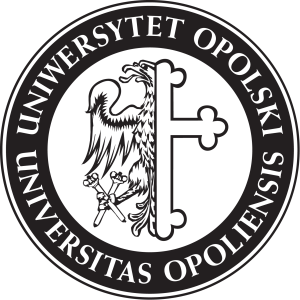Module 3 Task 14
Read the description of how to understand cultural etiquette in Latvia, then answer the questions. Compare with the comments in Ponder Point 8.
SITUATION 9:
In Latvia, traditional and modern greeting customs vary across generations and social settings. A handshake remains a formal greeting, especially in professional environments. People might say "hello" at work without physical contact, though men may greet each other with a handshake in work settings and among friends. Hugging, rare before Latvia regained its independence, has become more common, especially among young people. Initially, the older generation found this hugging trend confusing, as it was unusual to hug anyone outside the family. However, even in workplaces, close colleagues may now greet each other with a hug. In Latvia, greeting etiquette is relaxed among friends and relatives, though certain customs persist: kissing on the cheek is uncommon unless with a loved one or a parent, and kissing on the lips is reserved strictly for romantic partners.
Based on this situation, list three essential social rules that govern greeting behaviour in Latvia.
Explain how these rules might affect interactions with foreigners unfamiliar with Latvian customs.
How might unfamiliarity with these customs affect a foreigner’s experience in Latvia?
Provide an example where a foreigner might misinterpret a greeting or feel uncomfortable due to differing expectations.

PONDER POINT 8
Greeting customs differ significantly among cultures and may result in misunderstandings if not acknowledged and respected. In Latvia, as in other East European countries, the formality of greeting depends on the relationship and social context, with handshakes, nodding, and eye contact functioning as the standard for professional or formal contact. In contrast, other physical contact, such as hugs and kisses, is designated for closer relationships. Foreigners unfamiliar with these practices may experience confusion or unintentionally overstep boundaries, such as by giving a cheek kiss, which is reserved for familial or romantic situations in Latvian culture. In contrast, Latvians may perceive such gestures coming from work-related colleagues as too intimate or unwanted. When engaging with a foreign culture, it is essential to approach greetings with awareness and flexibility, acknowledging that various expressions reflect cultural values and social standards rather than personal attitudes.

Watch the video material (Video 6) to get a gist of the cultural norms guiding the nonverbal channel of communication in Eastern Europe. Take notes on typical nonverbals that East Europeans display. To what extent is this similar or different in your culture? Check with the Key.
Check with the Key: See the answer in the Key

